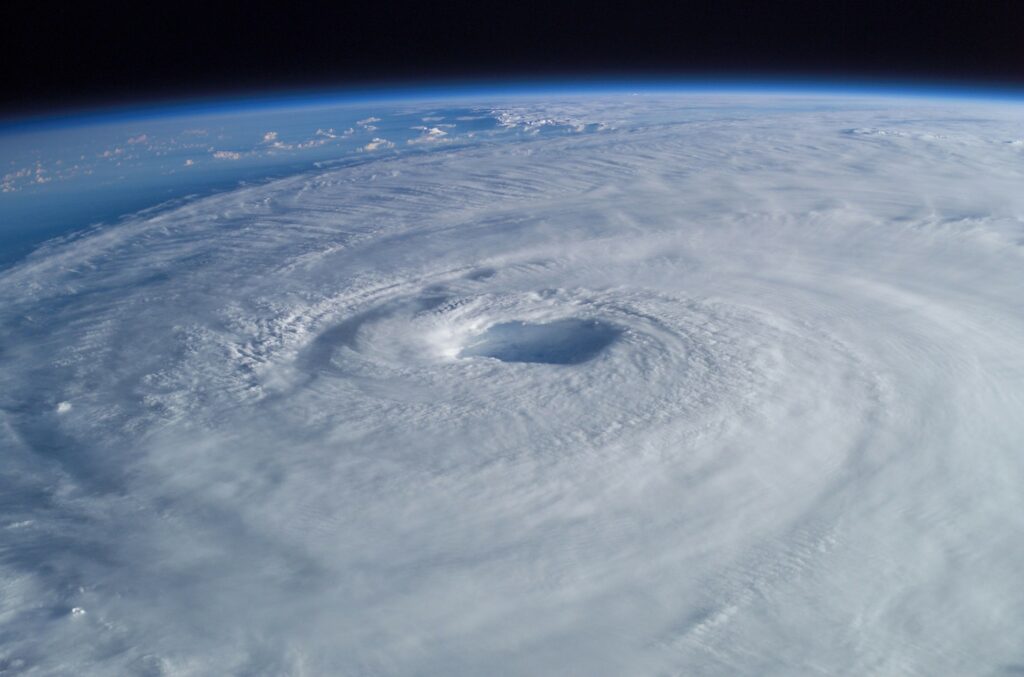US technology developer L3Harris has been contracted by the Japan Meteorological Agency (JMA) to lead an advanced international weather sounder study with the aim of improving the accuracy and timing of Japan’s own weather forecasting capabilities.
The six-month geostationary hyperspectral infrared (IR) sounder design study will enable L3Harris to evaluate geostationary sounder instrument concepts, which produce high-resolution, three-dimensional temperature and moisture profiles from space, as well as analyzing performance, maturing the design and developing ground processing algorithms for prompt use of IR sounder data after launch.
Rob Mitrevski, vice president and general manager, spectral solutions, space and airborne systems, L3Harris, said, “The data provided by L3Harris’s sounders and imagers improves both the accuracy of weather forecasting days in advance and real-time severe weather monitoring, which saves lives and property, especially for extreme weather which impacts Japan, such as typhoons, tsunamis, tornadoes, thunderstorms and micrometeorological events. Our technology continues to play a critical role in improving severe storm tracking and warnings. The more levels of data, the better the forecast and monitoring.”
L3Harris’s most advanced hyperspectral sounder, the Cross-track Infrared Sounder (CrIS), is currently flying on the National Oceanic and Atmospheric Administration’s (NOAA) Joint Polar Satellite System (JPSS). The second JPSS satellite is scheduled to launch this autumn.
Japan’s Himawari-8 and -9 satellites include L3Harris’s Advanced Himawari Imager (AHI) onboard. AHI is similar to the Advanced Baseline Imager on NOAA’s GOES-R series of satellites, with GOES-T launched in March 2022. Last year, L3Harris was selected by NASA to lead a similar Formulation Phase study for NOAA’s Geostationary Extended Observations (GeoXO) satellite sounder.



